Work health and safety (WHS) ministers have agreed to the new WEL list and a harmonised transition period ending on 30 November 2026. This change comes after extensive work and consultation to revise the Workplace exposure standards for airborne contaminants (WES).
Use this guide if you manage chemical carcinogens in the workplace. It provides information on how to manage health and safety risks. It may also be useful if you use, handle, store, manufacture, store or dispose of chemical carcinogens in the workplace.
A random, population-based sample of 5,528 Australian workers participated in the Australian Work Exposure Study (AWES). Workers answered questions about the tasks they completed and the controls used at work.
The issue
Polycyclic aromatic hydrocarbons (PAHs) are a group of chemical compounds formed during the incomplete combustion of organic material.
The Australian Work Exposures Study (AWES) was a national survey conducted by the Western Australian Institute of Medical Research (WAIMR) in 2011–12 that investigated work-related exposures among Australian workers to 38 known or suspected carcinogens.
The Australian Work Exposures Study (AWES) was a national survey conducted by the Western Australian Institute of Medical Research (WAIMR) in 2011–12 that investigated work-related exposures among Australian workers to 38 known or suspected carcinogens.
The Australian Work Exposures Study (AWES) was a national survey conducted by the Western Australian Institute of Medical Research (WAIMR) in 2011–12 that investigated work-related exposures among Australian workers to 38 known or suspected carcinogens.
This model Code of Practice has been developed to provide practical guidance on how to manage health and safety risks associated with hazardous chemicals for persons conducting a business or undertaking who use chemicals in their workplace.
